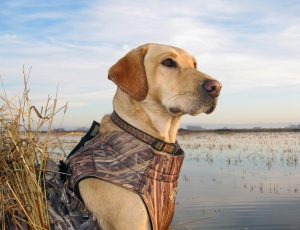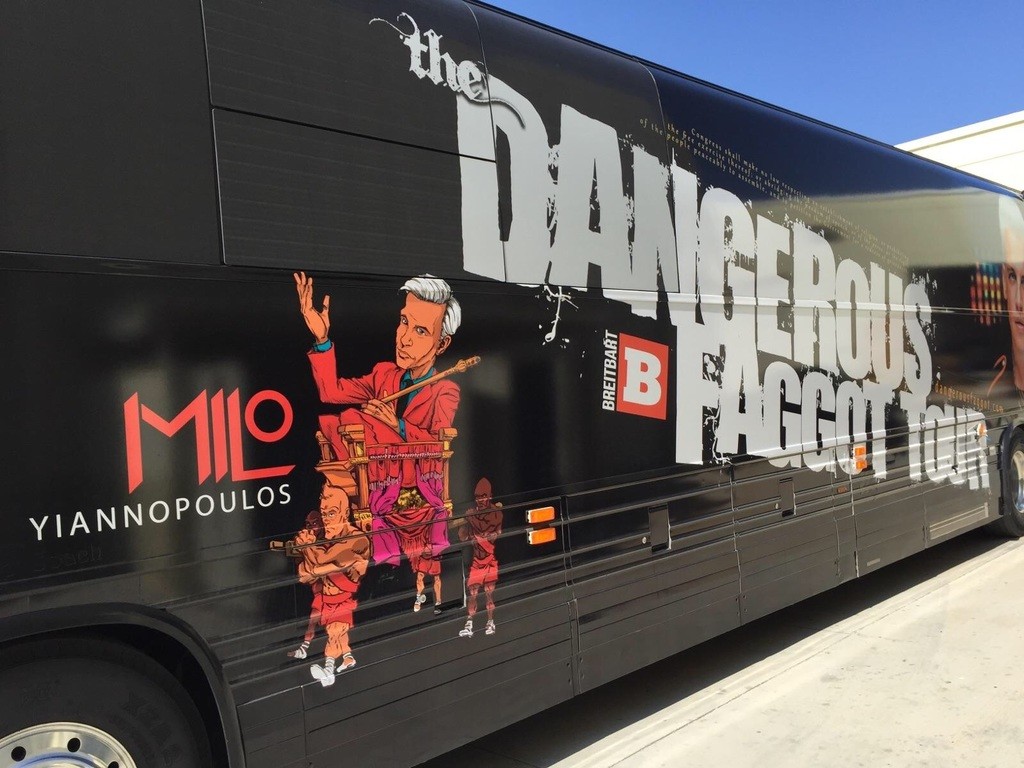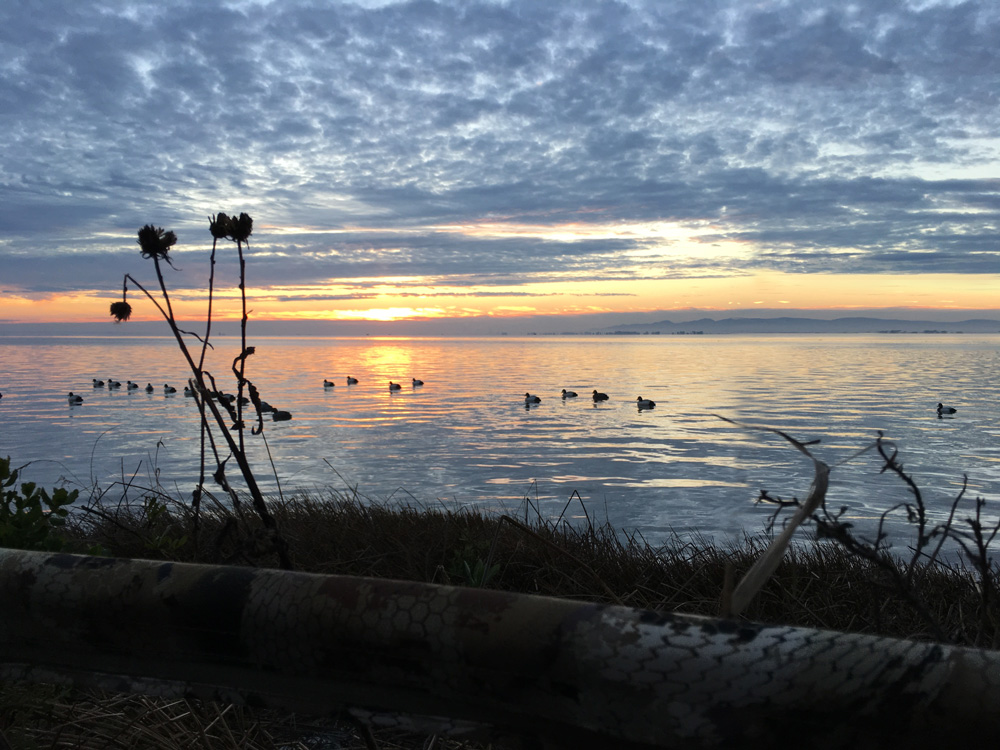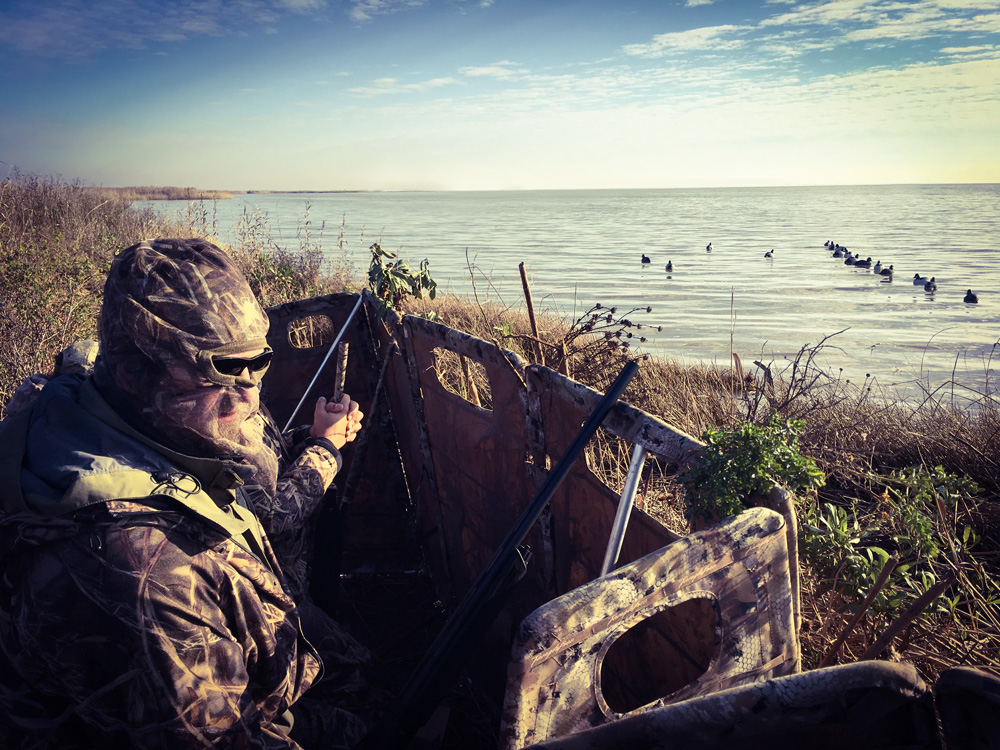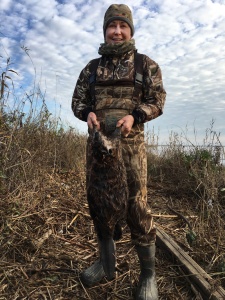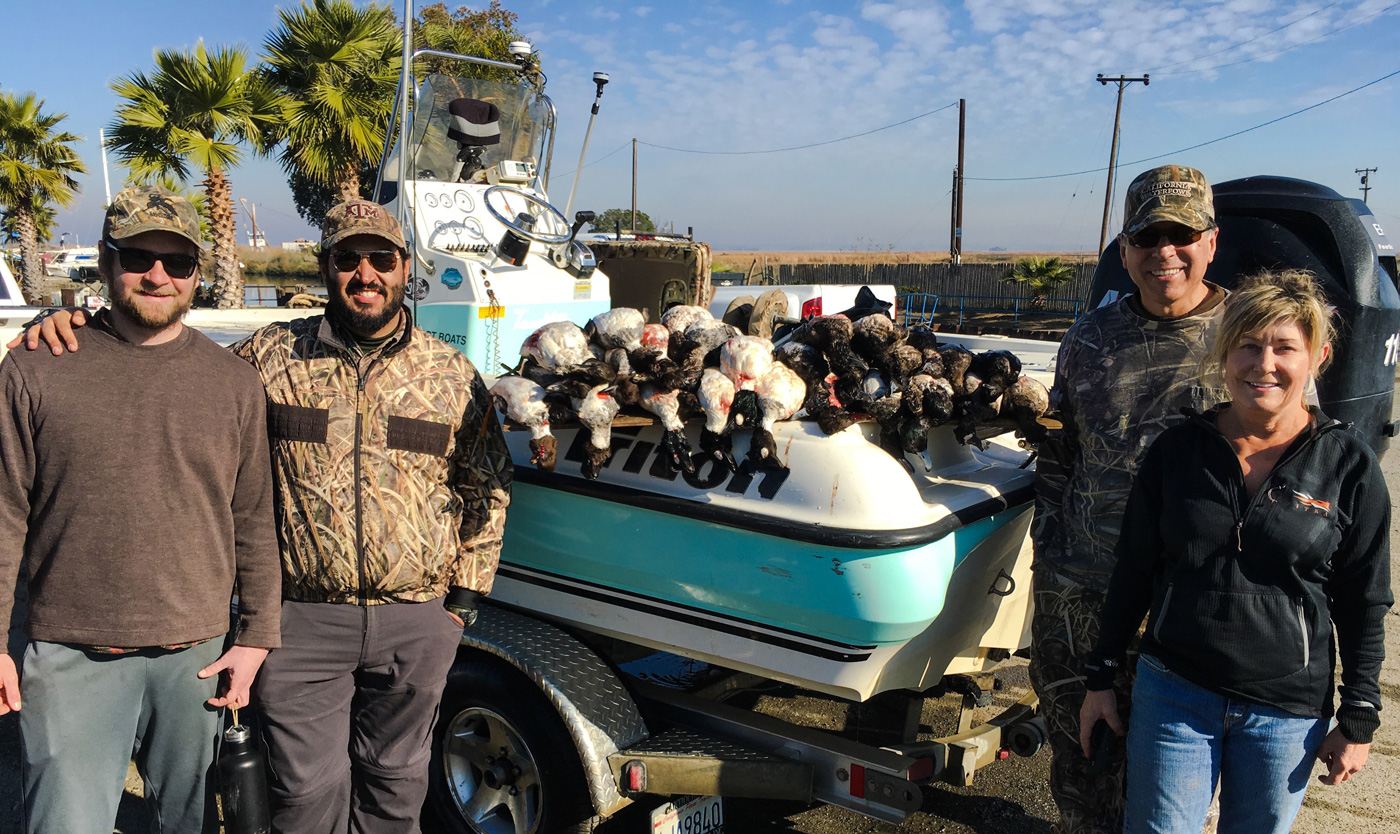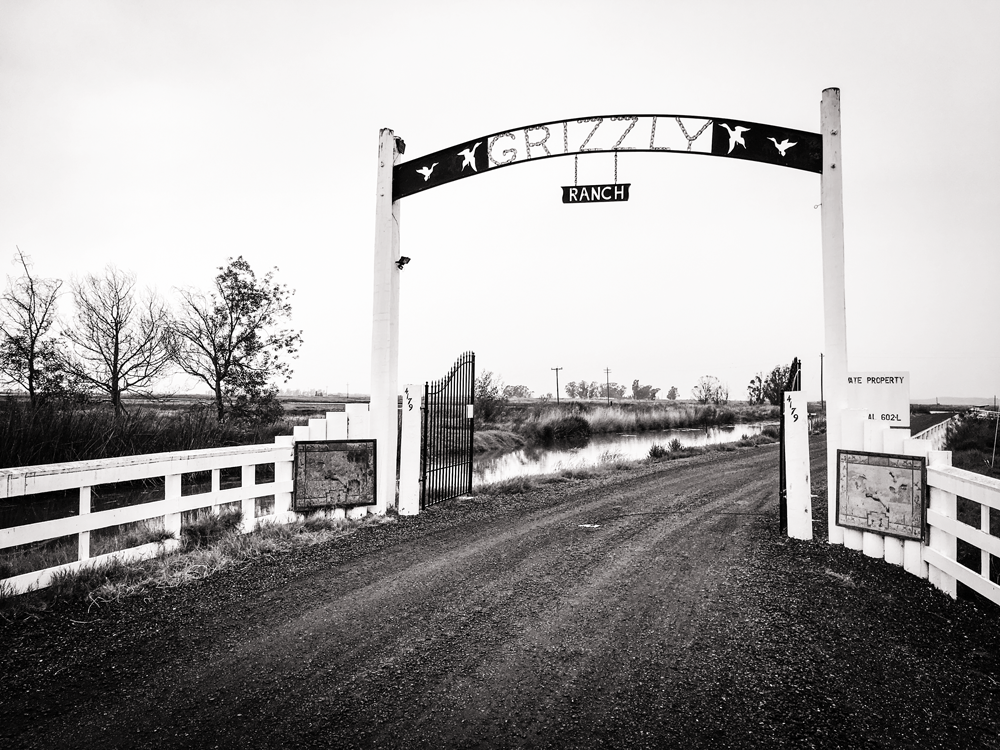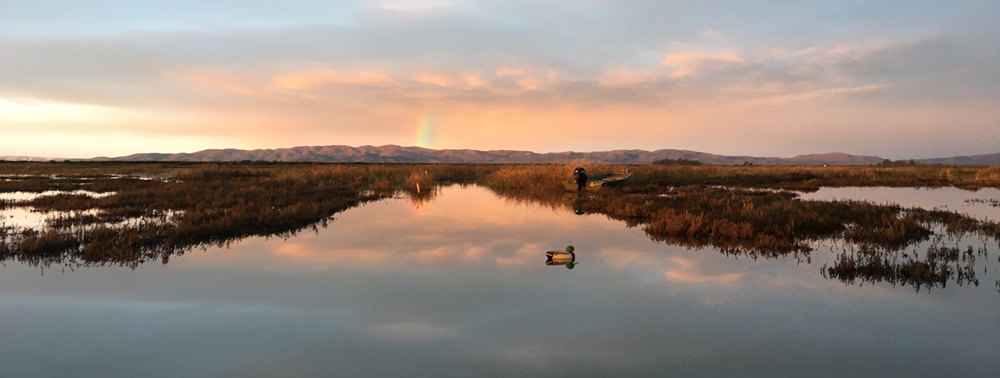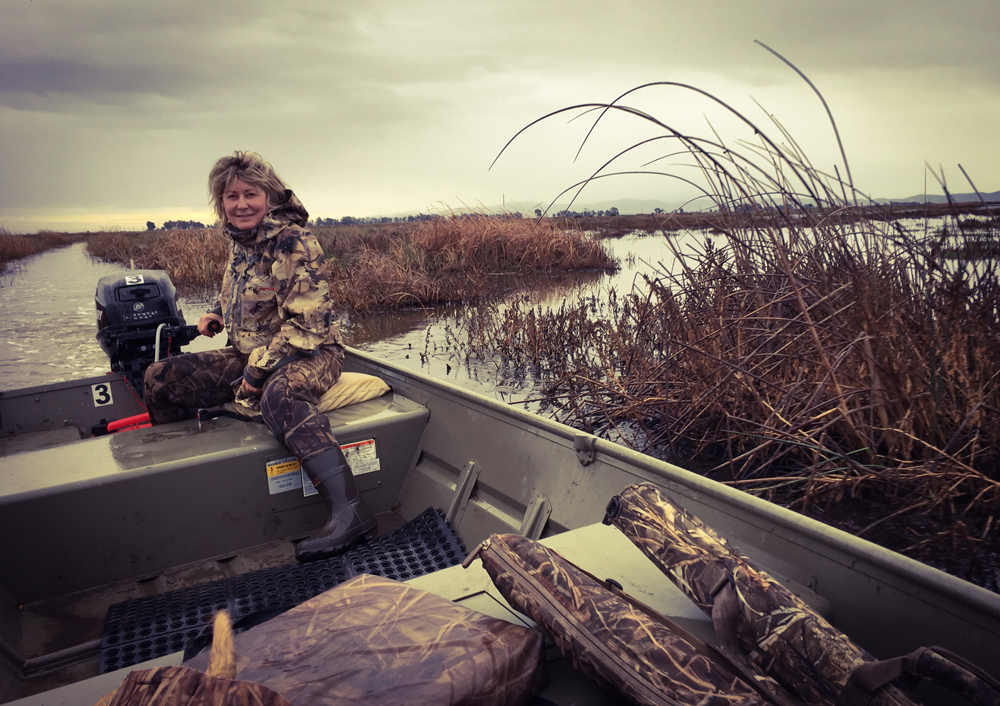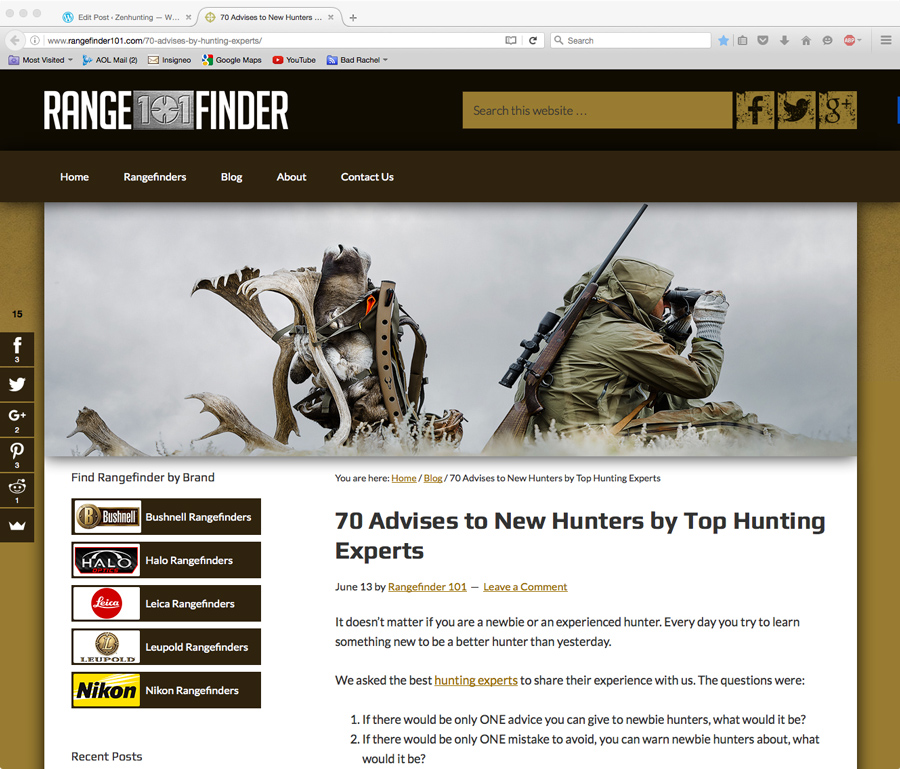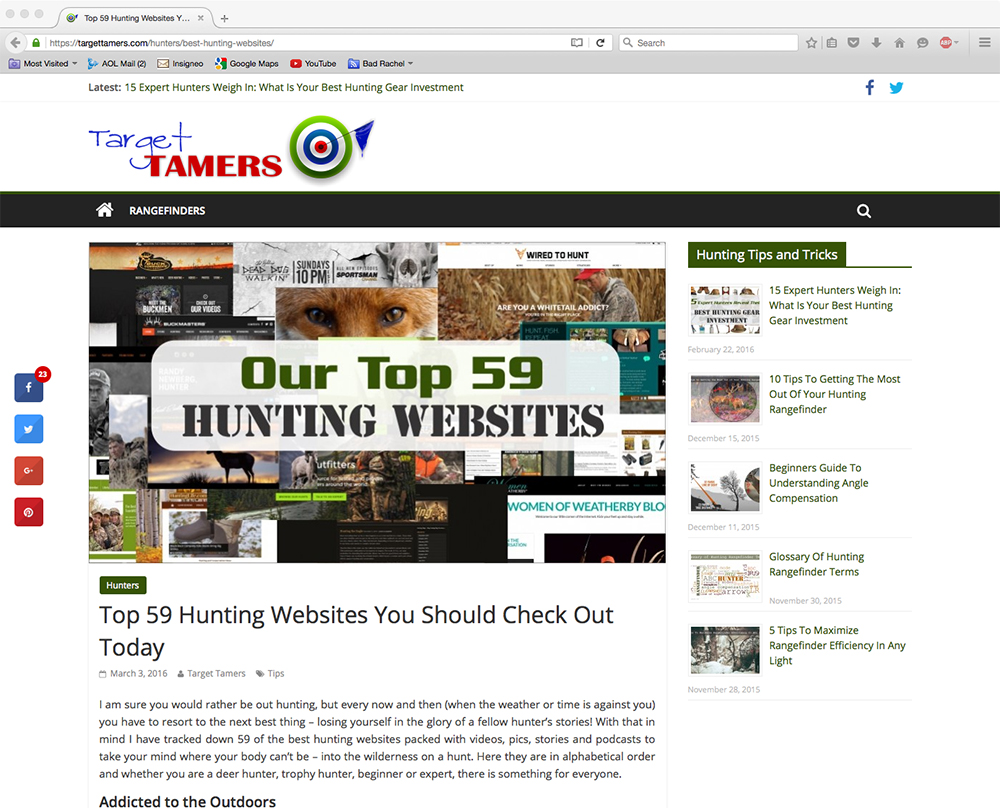By Neil Beltran
This is the story of a hunt that took place in October 2020. It was published in the December 2020 issue of Bowhunting World
The moment was exactly as I had imagined it a hundred, no, a thousand times. And yet, I still couldn’t believe it when I saw what looked like antlers against the tangle of branches on the other side of the gravel road. I glanced away a few times, and then back again, each time expecting to find that the two rows of tall tines were just sticks.
It was nearly 9 am and minus 9 according to the ice-cold phone I had just put back in my hip pocket, unusually cold for early November in Iowa’s Zone 5. Except for two young does at first light, too small to be worth the butcher’s bill, nothing had disturbed the streaks of snow on the Killer Food Plots radish and turnip field in front of me that morning.
The road that separated my field from Lake Ahquabi State Park was built up slightly, so it was still just the suspected rack that showed as I raised the binoculars for a closer look. They were antlers all right, ten points and glistening even in the weak sunlight. As I studied them, a head appeared, a thick neck, and finally a body. The buck – my long, long-awaited trophy buck – stepped warily onto the road.

His head turning slightly each way, like a cautious pedestrian, he came across, then down into my field, 80 yards from where I sat in a Redneck blind. This and one other Redneck were the only blinds we could use. The snow and harsh winds kept us out of the many tree stands and off the well-worn deer trails that dotted the property.
The blind’s front window had been open all morning and I let out a shivering, staccato breath of white vapor as I watched the buck. I wasn’t nervous. In fact, I was calmer than I thought I would be at a moment like that, and proud of myself for it. Looking back on it though, maybe some adrenaline would’ve helped.
Laying the binoculars down gently on top of my pack, I reached for my Hoyt CRX, my arm feeling as frozen stiff as Oz’s tin man. The buck stopped every few yards to pluck a withered leaf or root top, and it seemed to be taking him an eternity to get to the first of the several patches I had ranged. I was hoping he’d come as close as the white streak where I knew a 3-pin shot could take him, or even better, the small diamond of dirt where I would put the second pin in the peep sight.
In that time, my mind raced through the odyssey that had begun 13 years before, when I first began applying for an Iowa non-resident bow tag. Meeting my friend Mike Everhart was the way it started. We were both in California, where I was born and raised, but Mike’s home state was Iowa. His tales of big and plentiful bucks seen and taken had a powerful effect on me as we hunted waterfowl together in southern California.

Round 1: High Expectations
With tags finally in hand, Mike and I ventured out to Iowa. We stayed with his parents in Indianola on that first trip, hunting some surrounding parklands or small parcels belong to family friends. The weeks leading up to that trip were filled with daydreams of massive-antlered bucks. Being it was Iowa, and the coveted Zone 5 at that, I pictured mature bucks passing through my shooting lanes at regular intervals, like buses in a downtown. All I had to do was decide which one I’d put an arrow onboard.
It didn’t turn out that way. The one big buck I saw, up on a low ridge, did come down and head in my direction when I grunted, but he hesitated at a narrow gash in the ground. I gave another grunt but couldn’t get him to make the easy leap and cover the remaining 30 yards to where I could make a sure shot. Instead, he took the path of least resistance. And paid the price. Mike’s treestand was on that route, and now that glorious rack is in his den. Toward the end of the trip, my aspirations changed from a trophy for the wall to a trophy for the table. There were plenty of does wandering through the fields, so I aimed at a big one, which dropped within yards from an arrow through the heart. No antlers this time, but at least I was going home with some corn-fed venison.
Back in California, I began the long wait until the next trip. There were ducks and pheasants to be hunted, the occasional wild pig, but whitetails were still the stuff of my dreams. The one good thing about disappointment is that “point” is right there in the middle of it. And after four years of being turned down, I had amassed enough points to get drawn again. When I did, the frequency of thwacks increased, as more arrows were loosed upon the foam 3-D deer staked in the middle of my backyard. My lawn became an Iowa cornfield, my upper deck a treestand. Every shot became that moment of taking a trophy deer.
In the meantime, Mike had left California and returned to Iowa to live. He bought a place in Indianola, 25 acres, where he had carved out and cultivated fields of beans, corn, radishes, and greens, like salad bars for deer among the hardwoods. Treestands went up all around the property.
Round 2: The Rematch
Three months after getting drawn, I was in a treestand on Mike’s property in Iowa. After eight mornings and evenings of watching and waiting for a big deer without result, I drew back on a small 8-point. Another perfect heart shot sent him tumbling down the hill beside my tree. It was not an outcome I could complain about – a shot I was proud of, and more meat for the freezer – and yet it was again far from the envisioned one. A magnificent stag, an old, heavy-antlered beast, had once again eluded me. That’s what was ingrained in my mind because, after all, we spend a great deal of time thinking about how something will happen. It’s usually impossible for the actual moment to compete, it’s here and gone so quickly, and often something less.
After this second attempt, all kinds of thoughts and doubts began to cast a shadow over the trophy whitetails in my daydreams. I began to wonder about the saying often attributed to Buddha, “that when the student is ready, the teacher will appear,” and the Native American notion that game comes to the hunter who is worthy. I needed to send the wild world a message like the one on Harry Truman’s desk: The Buck Stops Here. But how?
The answer came to me in two parts. No. 1: I couldn’t expect to fly into Iowa every four years and take a 150-plus buck. A week or ten days of climbing and sitting in trees was a small investment compared to the season-long efforts of those who did get to pose with the bucks I dreamt about. No. 2: The only way I could think of to be ready and worthy was to just . . . keep . . . trying.
Round 3: Face to Face With a Giant
And so, I did, applying and practicing and waiting another five years, until it resulted in this beautiful moment: watching the biggest buck I’d ever seen in real life, as big as any I’d seen on hunting shows, slowly making his way across my frozen field. When at last his hooves touched the 30-yard mark, I looped the release and went to draw back my bow.
And it wouldn’t budge.
Alarmed, I took a big breath of frozen air and tried again. But it was as if every muscle in my back and shoulders had left the scene. All kinds of thoughts raced through my head: Was the bow broken, were the cams frozen, was the string caught on something? On my third attempt, the buck looked up at me and our eyes met. Rather than run, he stared at me while I gave a frustrated growl and tried to coerce my 61-year-old body to do just once what it had done hundreds of times in my yard in California. But that was all done in 70-degree-plus weather. At nearly 10 below zero, my muscles wouldn’t respond, asleep or frozen, or some of both.
Shocked, still disbelieving what was happening, I came out of the chair, kneeling on the cold floor and held the bow behind my head. Grunting in one last mighty effort, pulling the bow in opposite directions like a circus strong man trying to break a chain, the bow finally opened. Just as it did, the buck ran off – and a searing pain shot through my right arm just below the shoulder.
Grimacing, I eased off the draw and stared at the spot where the buck of my dreams had been standing, ready for that Carbon Express and Montec G5, just seconds ago. I don’t know how long I sat there, nor do I really remember getting down from the blind or trudging back to the house. A daze had enveloped me, and it was only the pain in my shoulder that snapped me out of it as I dropped down into a chair in Mike’s living room. The TV was off, but I stared at the black screen anyway for quite a while, still unable to believe what had happened.
I finally texted Mike, giving him a brief account. He came back to the house a short while later. I was already trying to get early return flights to come up on my phone with my left hand, my right arm throbbing between shoulder and biceps, and two of the fingers of my right hand numb. It’s hard to say what I felt worse about: the disaster with the big buck, or that Mike had worked so long and hard to get me this opportunity, only for it to end this way.
But Mike is an optimist, fortunately. He suggested we take a drive, get my mind off of the morning, and maybe stop by and visit with the state conservation officer, who happened to be a friend of Mike’s from high school and lived close by.
I didn’t think there was anything his friend, Craig Cutts, could do. And I wasn’t looking forward to reliving the moment by telling him about it. Still, as Mike knocked on his door, I began thinking that if I could dial my bow’s draw weight down from 60 pounds to 40 pounds – or less – and with a lot of Motrin onboard, maybe I could pull it back. Craig confirmed that there was no regulation about a minimum draw weight, but even as we stood there, the pain in my upper arm and numbness in my fingers was getting worse. I knew there was no way to could pull back a bow and hold it, at any weight. Plus, injuring myself further would seriously jeopardize the work I had to return to in a few days.
No, I thought, it’s game over. I stood silently brooding about that while the old friends continued to discuss my situation. And then Craig said to Mike, “Why don’t you take him to an urgent care? If the doctor confirms that he’s injured, he can get a letter. Take it to the Department of Natural Resources in Des Moines, get him a temporary disabled hunting permit.”
“What’ll that do?” I asked.
“It’ll allow you to use a crossbow,” Mike said, clearly more informed about these things than I was. “And I have one.”
That afternoon I saw the doctor – she was also a bowhunter – got the letter and we took it to DNR headquarters where they quickly and efficiently issued me a disabled hunter permit.
And then it was the next morning. After a breakfast of yogurt, toast, 600 milligrams of Motrin and a muscle relaxer, I was sitting with Mike in the same blind as the previous morning. He was giving me a crash course in operating the crossbow, a Raven R29. I had cocked it, loaded a Raven bolt tipped with a Rage Hypodermic broadhead, and engaged the safety, careful to keep my fingers out of the stretched string’s path, which Mike had warned could take them off completely. Gingerly, I rested the crossbow on the sill of the Redneck’s window, and we waited.
About an hour into the hunt, two young does emerged from our right side, probably the same ones as the morning before, working their way from the hardwoods behind us on their route to the park across the road. As we were watching them, an antlered head appeared on that same side. I blinked several times, not believing what I was seeing. I’m fairly certain it was a different buck, his tines seemed not quite as straight and tall, but thicker and more curved. My eyes took in his Roman nose, the swollen neck, the massive body. A five-year-old deer, at least. I counted 10 points, like the one before.
I leaned forward to get in a better position for a shot at the buck, which now stood fully visible, just 15 yards away, below us but still to our right. Another couple of steps brought him more to the front and I shifted again. Not trained in handling the crossbow, worried about that finger-removing string, and a little anxious after the experience the day before, I let the back leg of my chair come down and touch the floor of the blind a little too hard.
It wasn’t loud, but the buck heard the soft tap. He looked around and trotted farther out in the field. My heart sank. And then the buck stopped, a little beyond the spots I had ranged the day before and stared back in our direction. By now I had the scope on him, the glowing dots lining his tawny side. Mike whispered, “40” and a split-second later, I launched a bolt.
In a flash, the buck ran out of the field and onto the road where he stood for a second or two. He seemed to sway just a little – or was that my imagination? – before tearing down the ditch on the other side, coming up and crashing through the brush. And then the world was quiet and still again.
At first, I thought I had missed, because I hadn’t seen the arrow arc or hit like I do with my compound. But Mike’s slapping my shoulder and exclaiming, “You got him, it was a good hit,” cancelled that worry. The bolt had crossed the distance almost instantly, entering the quartering-away buck’s side and exciting his far shoulder. The flight was so straight, I couldn’t see the hit behind the dot I had held on him. Mike was certain that it was a fatal shot and that the buck had gone down, but we waited 20 minutes just to be sure.

We crunched across the field, a clear blood trail on the remnants of snow and wilted turnip leaves. As we came up to the road, Mike pointed about 20 yards into the brush, grinning. There was the buck, half his rack plowed into the grass and mud, dead. I walked up to him, so many thoughts and emotions competing, like a dozen people trying to get through a door at the same time. Joyful and excited, but not quite believing what lay at my feet. Kneeling down to touch his hide, grip his antlers, it did become real. I shivered a little, not from the cold. Just the unwinding of an old tension, the relief. Amazed at how it had all happened. And very, very grateful.
A park ranger came by and he and Mike watched as I tagged the buck. I could tell that Mike was as proud of that buck as I was, and the ranger said, “Seeing one like that makes me want to get out there and hunt!”

The three of us pulled the buck up the side of the ditch and hoisted him onto the back of Mike’s ATV. As we drove down the gravel road to Mike’s garage, to get down to the business of dressing him out, I glanced over my shoulder at the turnip field. Where I’d seen two magnificent bucks. Spent two very different mornings. And hunted with two kinds of bows.








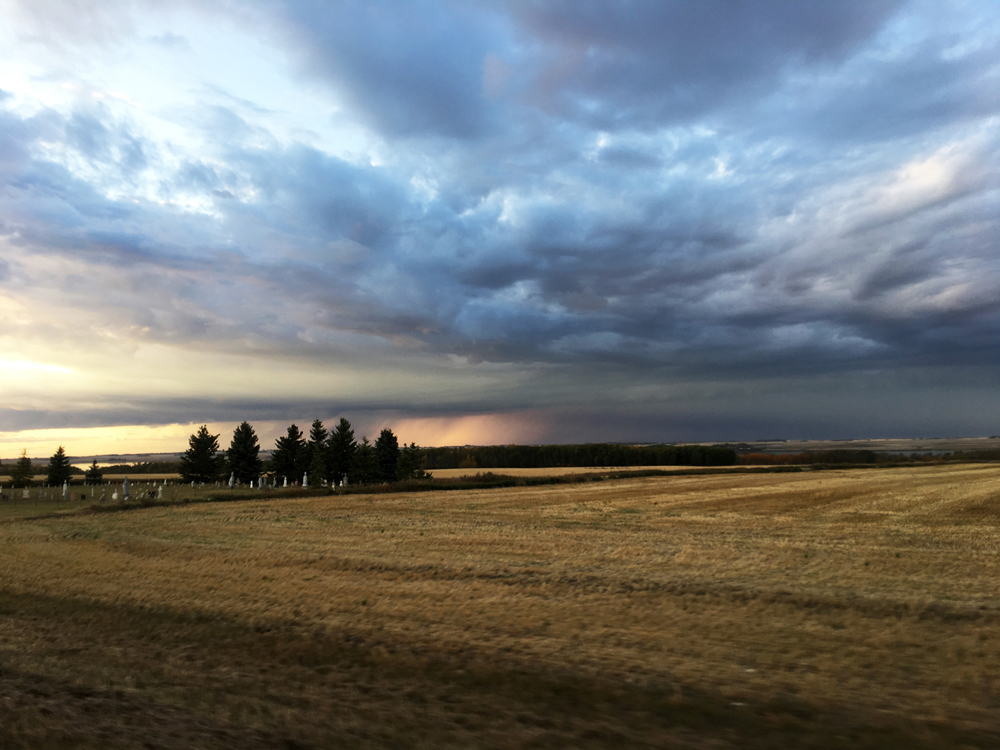
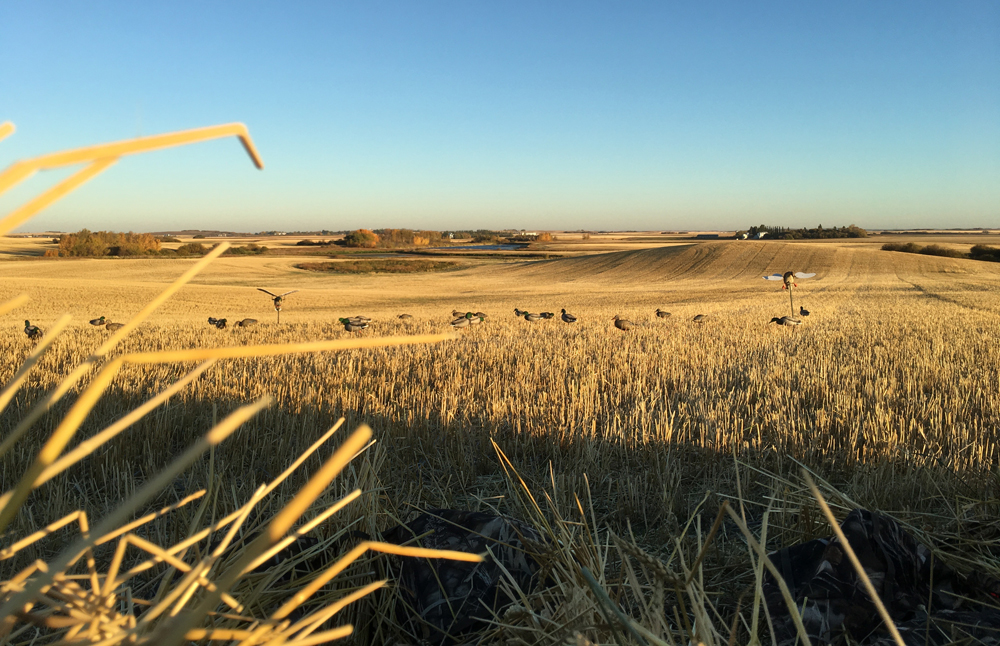

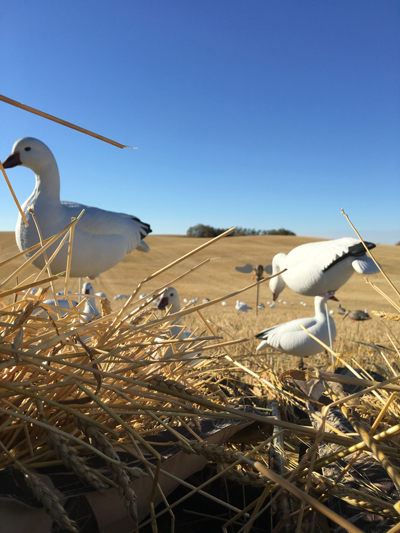 Off into the dark we went the next morning, in two trucks towing fully loaded trailers, headed toward the spot that had been pinned the evening before. Headlamp beams bouncing around the gentle sloping field we tossed up chaff to confirm the wind direction and positioned the layout blinds and full body, sillosock, spinning wing and motion decoys – nearly our entire arsenal. That done, we settled into our blinds to await the first of the day’s customers.
Off into the dark we went the next morning, in two trucks towing fully loaded trailers, headed toward the spot that had been pinned the evening before. Headlamp beams bouncing around the gentle sloping field we tossed up chaff to confirm the wind direction and positioned the layout blinds and full body, sillosock, spinning wing and motion decoys – nearly our entire arsenal. That done, we settled into our blinds to await the first of the day’s customers.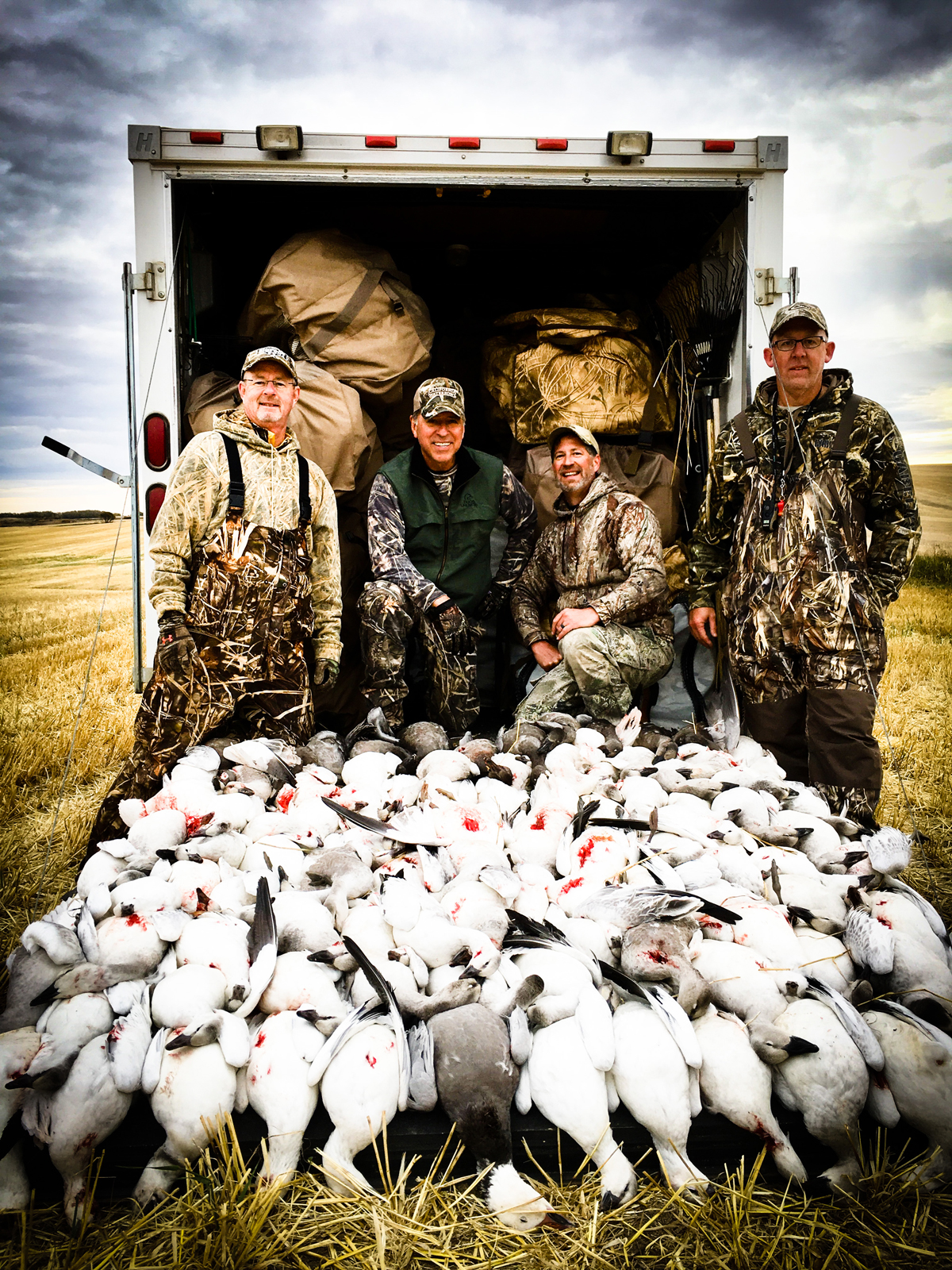
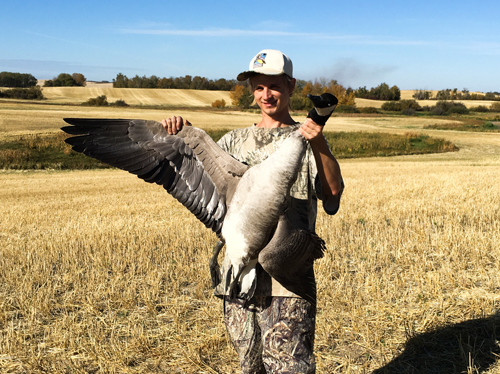
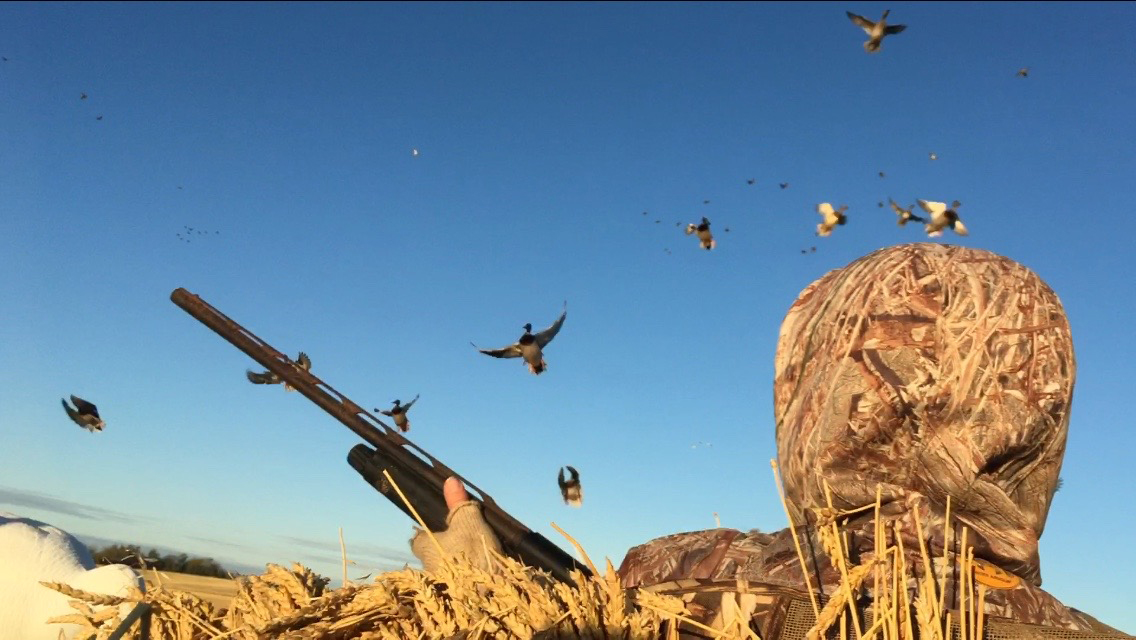
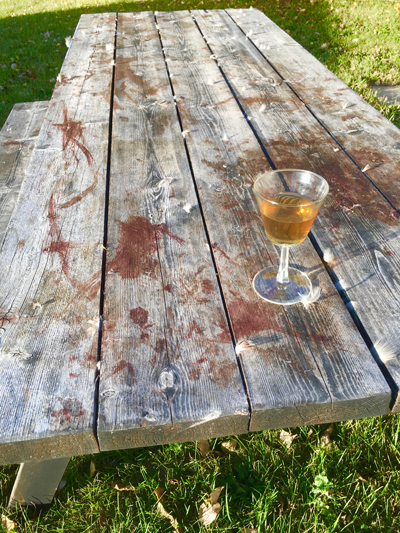 We were all up early Sunday morning; Mike, Dave, and Alec heading out on the long drive back to Iowa, and Don and I going to the airport for our flights back to California. At the rental counter again, we handed over the keys to the truck.
We were all up early Sunday morning; Mike, Dave, and Alec heading out on the long drive back to Iowa, and Don and I going to the airport for our flights back to California. At the rental counter again, we handed over the keys to the truck.